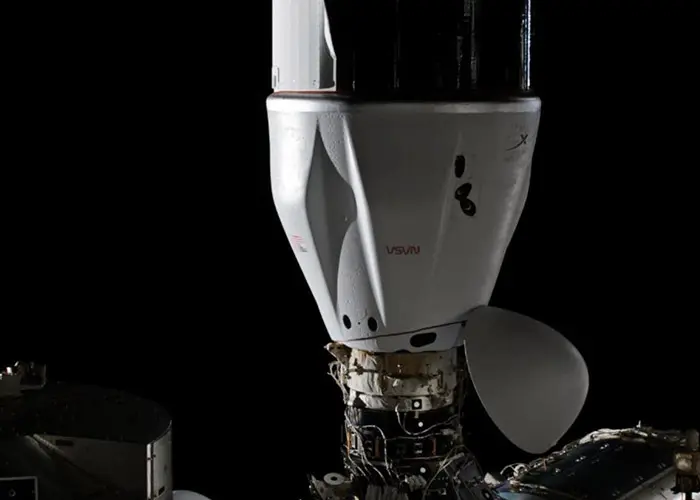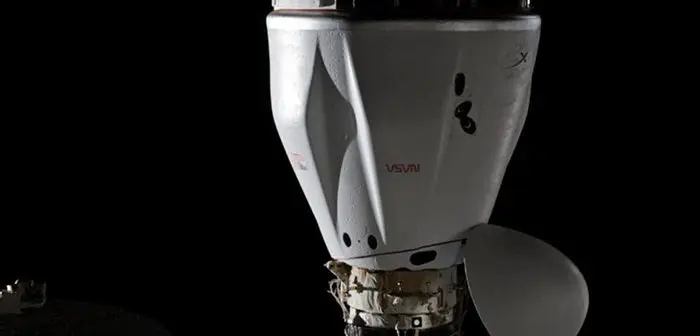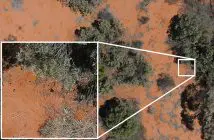
NASA and its international partners will soon receive scientific research samples and hardware after a SpaceX Dragon spacecraft departs the International Space Station on May 23 for its return to Earth.
The Dragon spacecraft will undock from the zenith, or space-facing, port of the station’s Harmony module at 2:05 a.m. (AEST) and fire its thrusters to move a safe distance away from the station under command by SpaceX’s Mission Control.
Live coverage of undocking and departure begins at 1:45 a.m. (AEST) on NASA+.
After re-entering Earth’s atmosphere, the spacecraft will splash down off the coast of California. NASA will post updates on the agency’s space station blog.
Filled with nearly 6,700 pounds of supplies, science investigations, equipment, and food, the spacecraft arrived at the space station on April 22 after launching on a Falcon 9 rocket from Kennedy Space Center for the agency’s SpaceX 32nd commercial resupply services mission.
Some of the scientific hardware and samples Dragon will return to Earth include MISSE-20 (Multipurpose International Space Station Experiment), which exposed various materials to space, including radiation shielding and detection materials, solar sails and reflective coatings, ceramic composites for reentry spacecraft studies, and resins for potential use in heat shields.
Samples were retrieved on the exterior of the station and can improve knowledge of how these materials respond to ultraviolet radiation, atomic oxygen, charged particles, thermal cycling, and other factors.
Additionally, Astrobee-REACCH (Responsive Engaging Arms for Captive Care and Handling) is returning to Earth after successfully demonstrating grasping and relocating capabilities on the space station. The REACCH demonstration used Astrobee robots to capture space objects of different geometries or surface materials using tentacle-like arms and adhesive pads.
Testing a way to safely capture and relocate debris and other objects in orbit could help address end-of-life satellite servicing, orbit change maneuvers, and orbital debris removal. These capabilities maximize satellite lifespan and protect satellites and spacecraft in low Earth orbit that provide services to people on Earth.
Hardware and data from a one-year technology demonstration called OPTICA (Onboard Programmable Technology for Image Compression and Analysis) also will return to Earth.
The OPTICA technology was designed to advance transmission of real-time, ultra-high-resolution hyperspectral imagery from space to Earth, and it provided valuable insights for data compression and processing that could reduce the bandwidth required for communication, lowering the cost of acquiring data from space-based imaging systems without reducing the volume of data. This technology also could improve services, such as disaster response, that rely on Earth observations.





